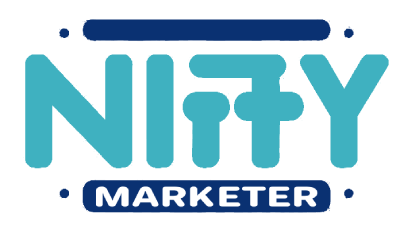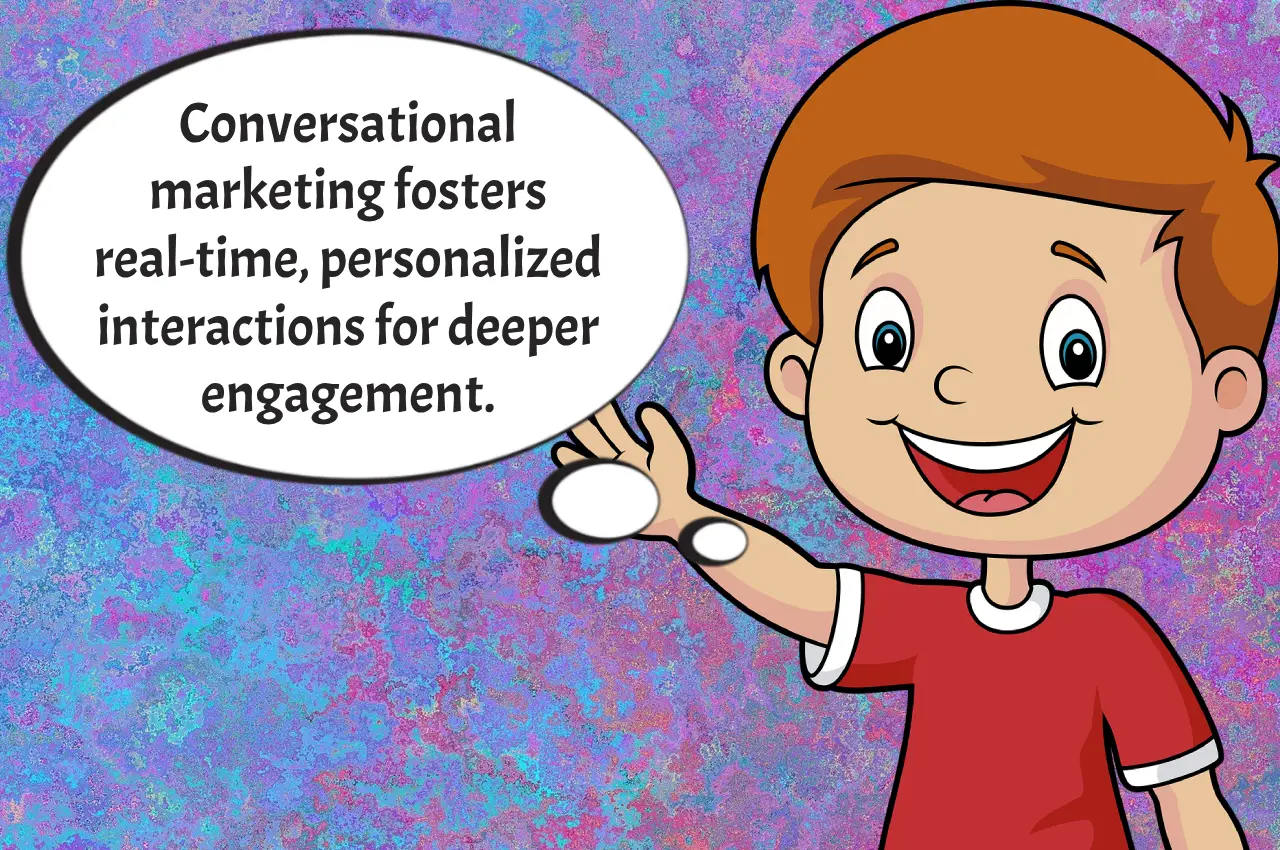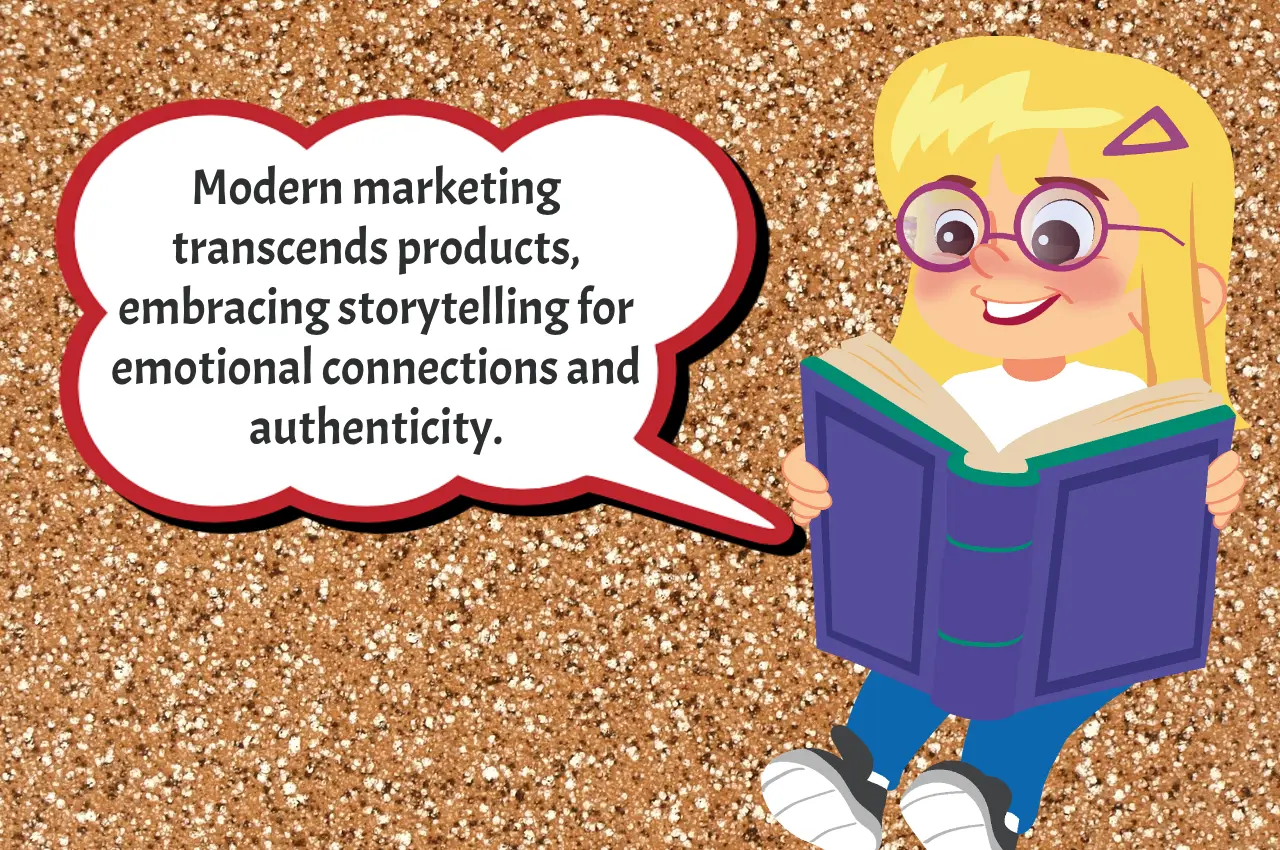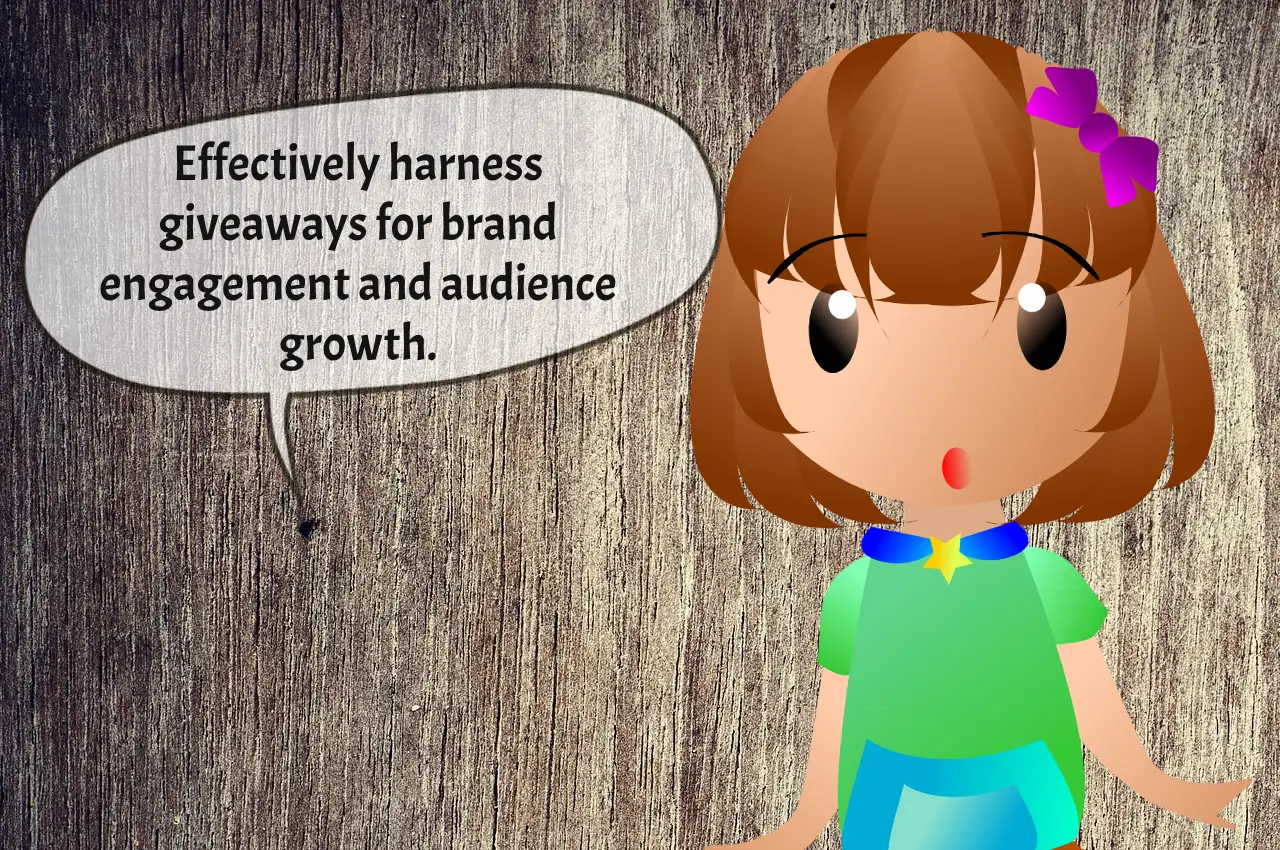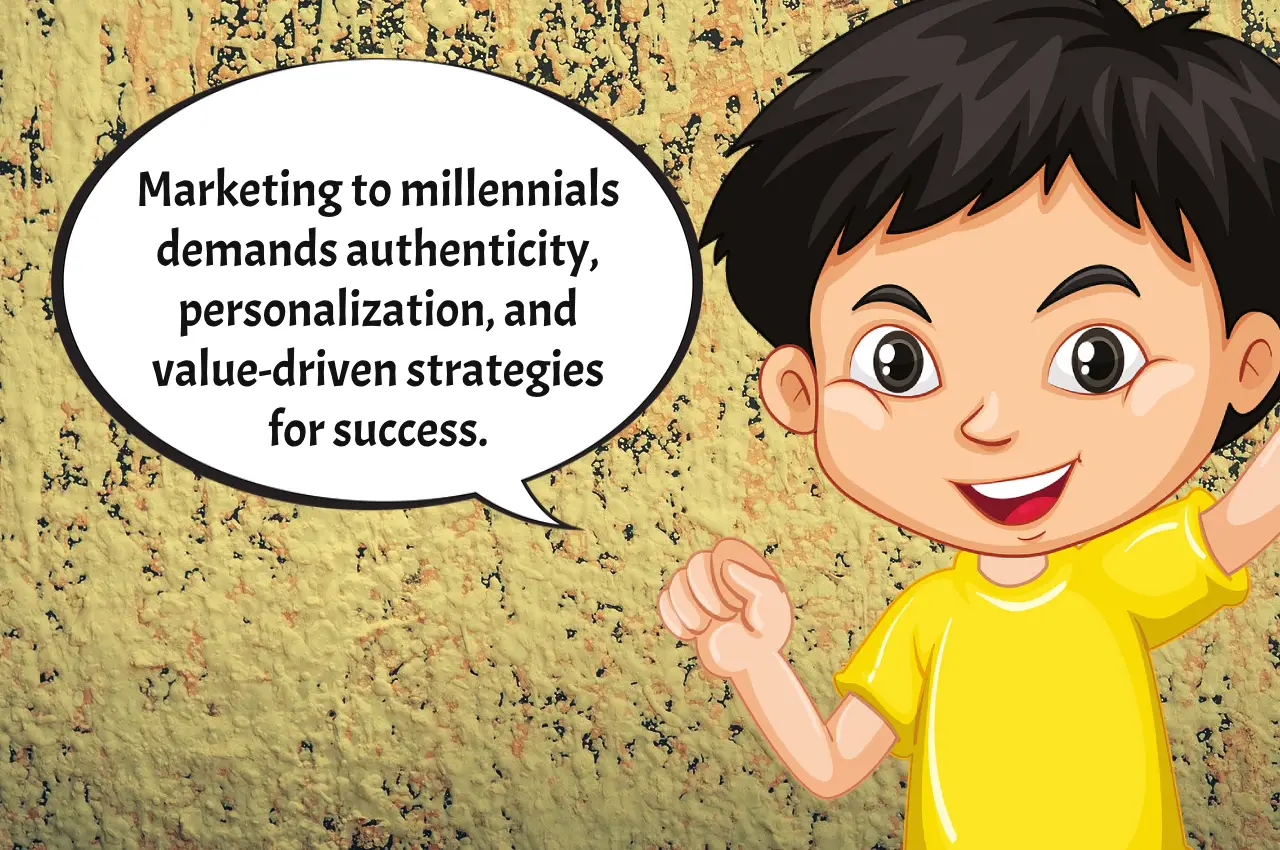As the digital landscape continually evolves, so too do the strategies businesses employ to engage their audience. One approach that has gained significant traction in recent years is conversational marketing. This paradigm shift in customer interaction goes beyond traditional marketing methods, focusing on real-time, personalized conversations to foster deeper connections and drive meaningful engagement.
Understanding Conversational Marketing:
Conversational marketing is not merely a buzzword; it’s a fundamental shift in how businesses interact with their audience. At its core, it leverages the power of real-time conversations to guide prospects through the buyer’s journey, providing them with the information and support they need, when they need it most.
Unlike traditional marketing tactics that rely heavily on one-way communication channels, such as email blasts or static website content, conversational marketing embraces the principles of dialogue and engagement. Through channels like live chat, chatbots, social media messaging, and even voice assistants, businesses can now engage with customers in a more conversational, human-like manner.
Personalization at Scale:
Conversational marketing allows for personalized interactions at scale. Through the use of chatbots and AI-driven messaging platforms, businesses can tailor their communication to individual preferences, behavior, and demographics. This level of personalization not only improves customer satisfaction but also increases the likelihood of conversions.
Integration with Omnichannel Strategy:
Conversational marketing seamlessly integrates with an omnichannel marketing strategy. By leveraging multiple communication channels such as website chat, social media messaging, SMS, and email, businesses can create a cohesive and consistent experience for their audience across various touchpoints.
Lead Qualification and Nurturing:
Conversational marketing facilitates lead qualification and nurturing through automated chatbots and live chat agents. By asking relevant questions and providing valuable information in real-time, businesses can identify high-quality leads and guide them through the sales funnel more effectively.
24/7 Availability:
Unlike traditional customer support channels that operate within specific hours, conversational marketing provides 24/7 availability. This ensures that customers can receive assistance and information whenever they need it, regardless of time zone or location, leading to improved customer satisfaction and loyalty.
Data-Driven Insights:
Conversational marketing generates valuable data and insights that can inform business decisions and strategies. By analyzing chat transcripts, customer feedback, and interaction patterns, businesses can gain a deeper understanding of customer needs, preferences, and pain points, allowing for continuous improvement and optimization of their marketing efforts.
Enhanced Customer Feedback Mechanism:
Conversational marketing serves as an effective feedback mechanism for businesses. Through direct interactions with customers, businesses can gather real-time feedback, address concerns, and identify areas for improvement. This proactive approach to feedback management helps businesses stay agile and responsive to customer needs.
Language and Cultural Adaptation:
With the globalization of markets, it enables businesses to adapt their communication to different languages and cultural nuances. AI-powered language processing capabilities allow for real-time translation and localization, ensuring that messages resonate with diverse audiences around the world.
Interactive Content Delivery:
Conversational marketing opens up new possibilities for interactive content delivery. From interactive quizzes and surveys to personalized product recommendations and virtual try-on experiences, businesses can engage their audience in meaningful interactions that drive engagement and conversion.
The Impact of Conversational Marketing:
The rise of conversational marketing has had a profound impact on the way businesses connect with their audience. One of the key benefits is enhanced customer experience. By offering instant support and personalized recommendations, businesses can address customer inquiries and concerns in real-time, leading to higher satisfaction levels and increased loyalty.
Moreover, it enables businesses to gather valuable insights into customer preferences and behavior. By analyzing the data from these interactions, companies can better understand their audience’s needs and tailor their marketing efforts accordingly. This data-driven approach not only improves campaign effectiveness but also fosters stronger, more authentic relationships with customers.
Real-Life Examples:
To illustrate the power of conversational marketing, let’s look at a few real-life examples:
Airbnb: Airbnb utilizes conversational marketing through its messaging platform to provide personalized recommendations and support to both hosts and guests. By facilitating real-time conversations, Airbnb enhances the overall user experience and fosters trust within its community.
Drift: Drift, a conversational marketing platform, practices what it preaches by leveraging chatbots and live chat to engage prospects on their website. By offering immediate assistance and guiding visitors through the sales funnel, Drift effectively converts leads into customers.
Sephora: Sephora’s Virtual Artist chatbot allows customers to try on makeup virtually and receive personalized product recommendations. This interactive experience not only enhances customer satisfaction but also encourages repeat purchases.
Embracing the Future:
As we look ahead, the role of conversational marketing will only continue to grow. With advancements in artificial intelligence and natural language processing, businesses can expect even more sophisticated and personalized interactions with their audience.
In conclusion, conversational marketing represents a paradigm shift in customer engagement, enabling businesses to foster deeper connections and drive meaningful interactions. By embracing this approach and leveraging the power of real-time conversations, companies can stay ahead in today’s competitive landscape.
What are your thoughts? Share your insights and experiences in the comments below!
